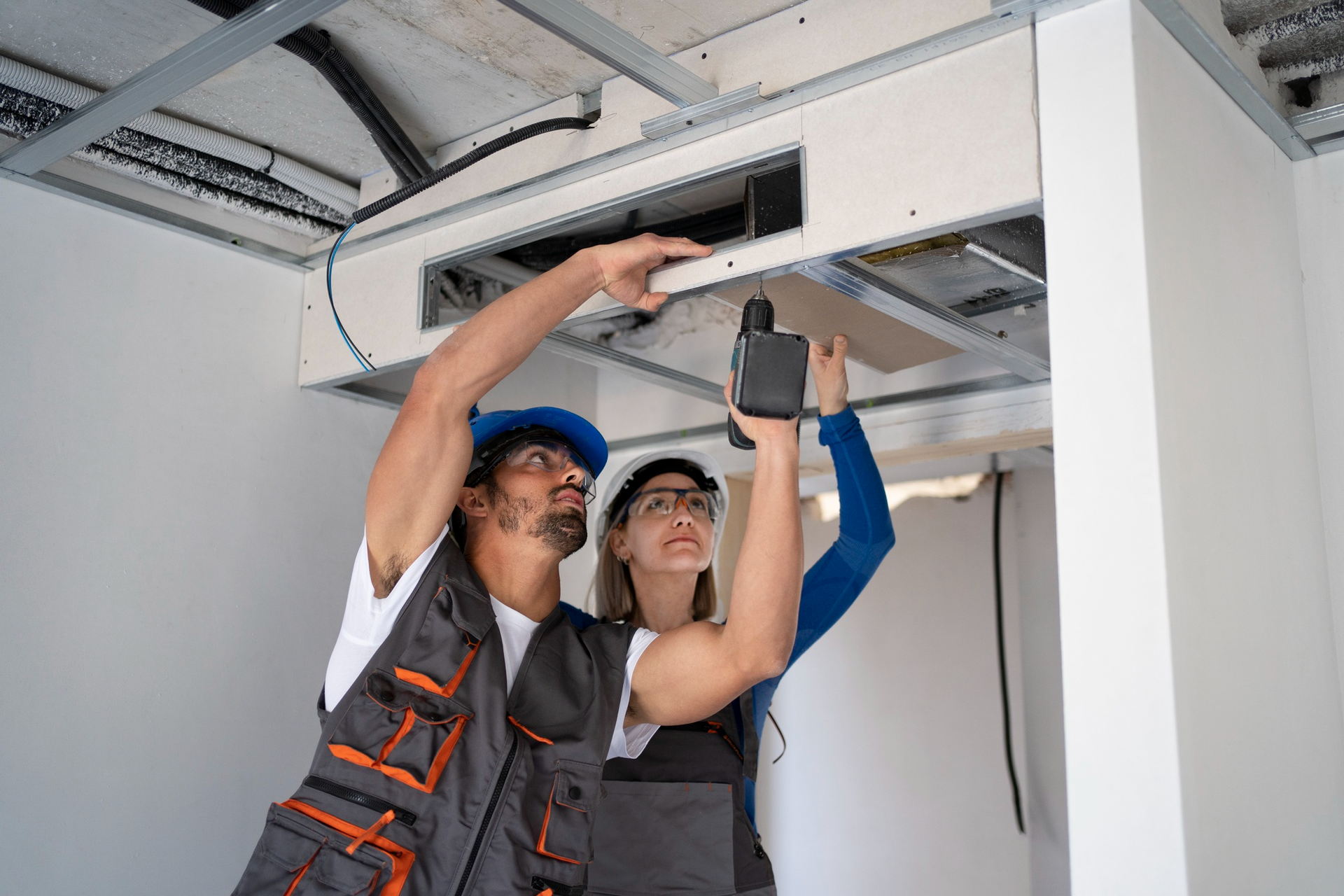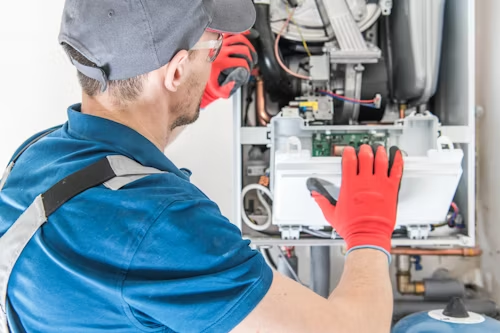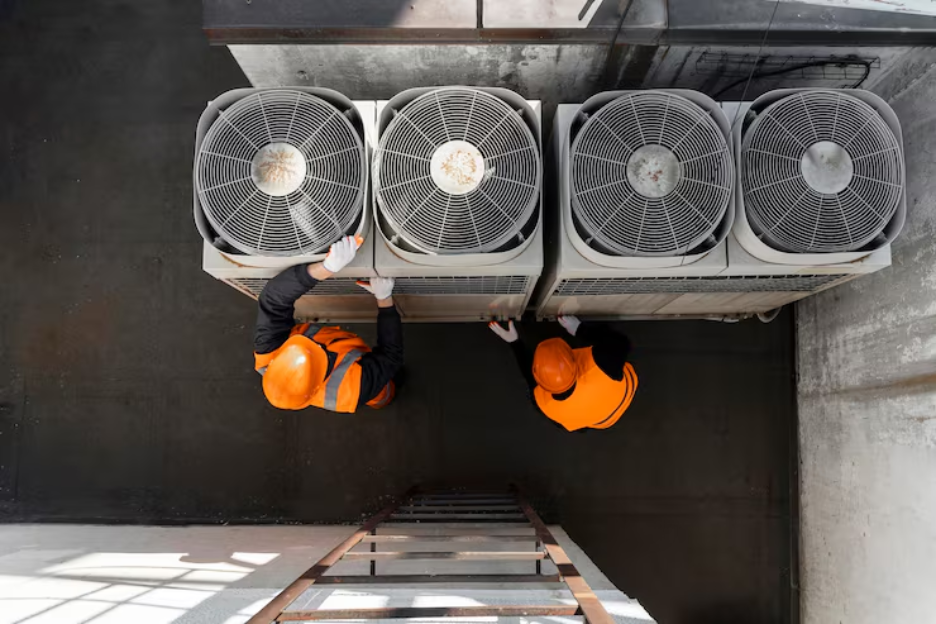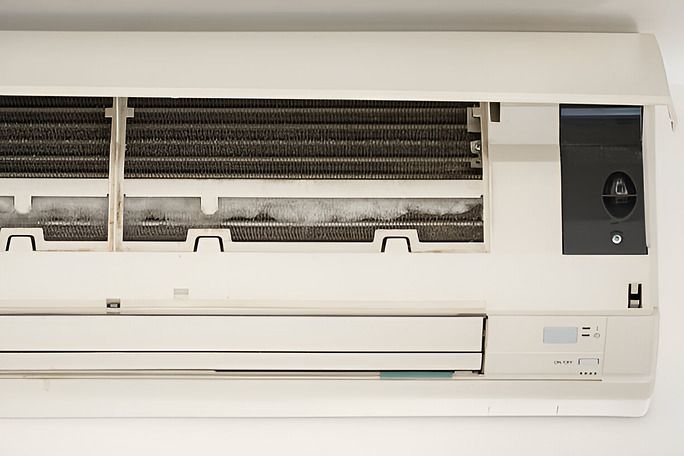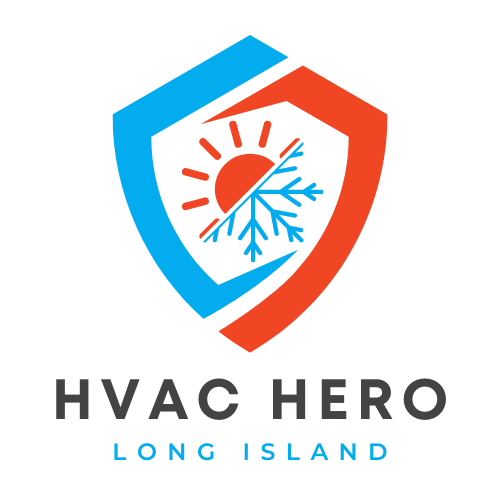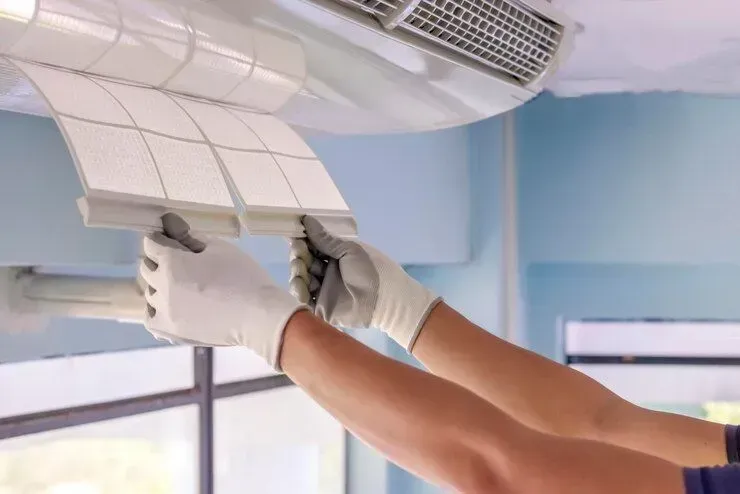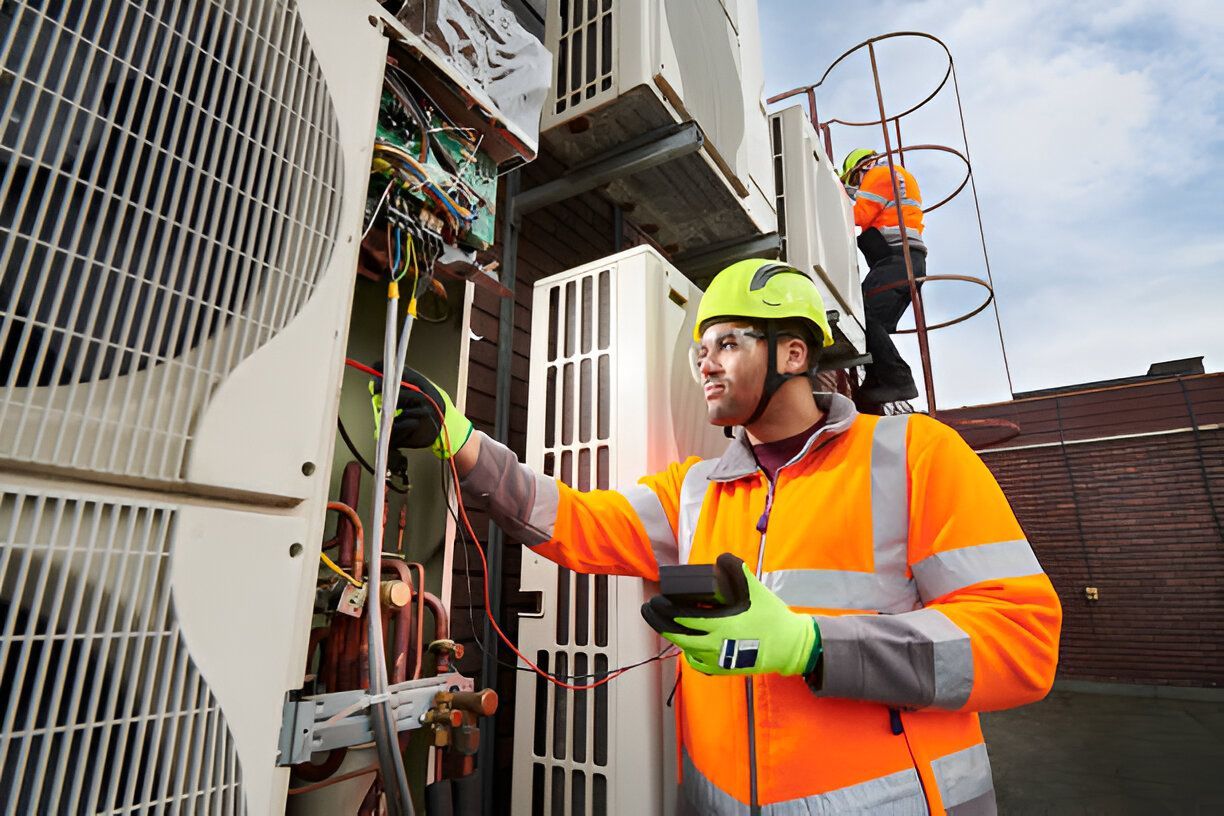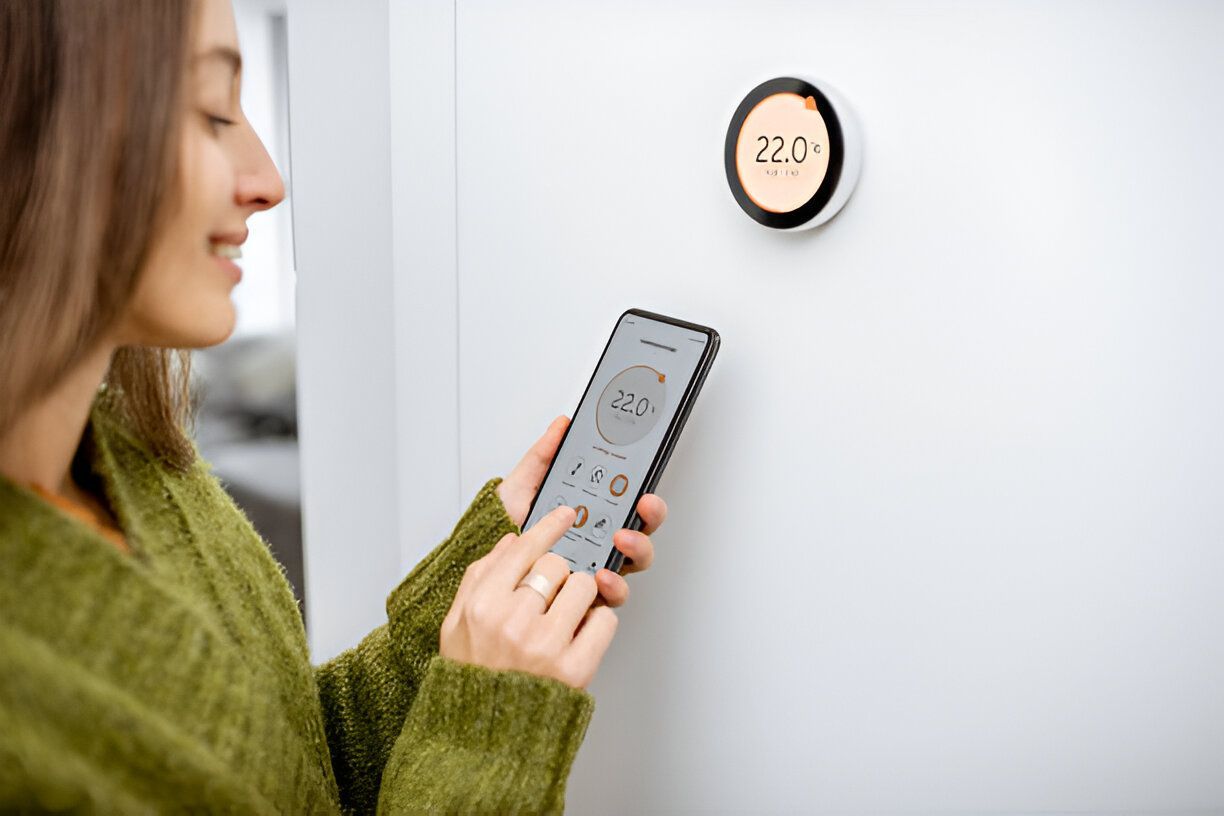Are Ductless Mini‑Splits More Efficient in Older Long Island Homes?
Older Long Island homes often face unique heating and cooling challenges—thin insulation, outdated radiator or baseboard systems, and impractical existing ductwork. Ductless mini‑split systems are frequently explored as efficient alternatives. But do they truly deliver better savings and comfort in aging homes? Let’s explore.
For expert installation and retrofit support, Long Island HVAC Hero offers tailored ductless solutions designed specifically for older properties.
Understanding the Heating & Cooling Needs of Older Homes
Common insulation issues in Long Island homes
Many vintage homes on Long Island have original plaster walls, single-pane windows, and patchy attic insulation. These features cause heat loss, uneven temperatures, and higher energy usage. Without proper sealing or insulation upgrades, central air systems often struggle to maintain comfortable conditions, increasing fuel and electricity bills.
Radiator systems vs modern HVAC
Older homes may rely on boiler-driven radiators or baseboard heating. While these systems deliver reliable heat, pairing them with central air often requires ductwork—an expensive and disruptive installation.
Why traditional ductwork isn’t ideal
Installing ductwork in an older home often entails cutting into ceilings and walls, reducing headroom, and risking damage to moldings or aesthetics. Duct losses can exceed 30% of the conditioned air, especially when ducts traverse uninsulated attic or crawl spaces.
How Mini‑Split Systems Work
What is a ductless mini‑split?
A ductless mini-split system consists of an outdoor compressor/condenser unit and one or more indoor air handlers connected by refrigerant lines that pass through small wall openings. These systems function as heat pumps, providing both efficient heating and cooling without the need for ductwork. Their design allows for high energy efficiency and flexible installation in a variety of home layouts.
Core components (indoor/outdoor units)
Outdoor Compressor: This unit pumps refrigerant and acts as both the air conditioner condenser in summer and the heat pump in winter.
Indoor Air Handlers: Mounted on walls or ceilings, each air handler has its own controls and refrigeration circuits, enabling independent operation.
Refrigerant Lines: Slim piping connects the indoor and outdoor units, carrying refrigerant between them through minimal wall penetrations.
Zoning functionality explained
Each indoor air handler operates independently, allowing precise temperature control for individual rooms or zones. Unlike central HVAC systems that condition the entire home continuously, ductless mini-splits let you shut off unused spaces, improving comfort and reducing energy consumption. This zoning capability is one of the key advantages of ductless technology.
Learn more about efficient ductless heating and cooling solutions at Long Island HVAC Hero.
Efficiency Benefits of Mini‑Splits
Elimination of duct losses
Ductless systems eliminate energy losses caused by leaks or poor insulation in ductwork, which can account for 20–30% of wasted heating and cooling energy in traditional systems. Without ducts, every BTU generated is delivered directly to the living space, improving overall system efficiency and reducing utility bills. This makes ductless technology especially effective for homes seeking to maximize energy savings.
Zoned temperature control
Ductless mini-split systems allow for independent temperature control in each room or zone. This targeted heating and cooling approach prevents energy waste by avoiding conditioning unoccupied areas. Zoned comfort not only enhances efficiency but also increases occupant comfort by catering to individual preferences and usage patterns.
Inverter technology and energy use
Mini-splits utilize inverter-driven compressors that operate at variable speeds, adjusting their output to match the heating or cooling demand precisely. This reduces the frequent start-stop cycles common in conventional systems, leading to smoother operation and significant energy savings over time.
For professional installation and service of energy-efficient ductless systems, trust Long Island HVAC Hero’s ductless heating and cooling experts to optimize your home’s comfort and efficiency.
SEER and HSPF Ratings Explained
What they mean for efficiency
SEER (Seasonal Energy Efficiency Ratio) measures how efficiently an air conditioner or heat pump cools your home over a season. Higher SEER numbers indicate better energy performance. Modern mini-split systems can exceed 30 SEER, providing superior cooling efficiency compared to many traditional units.
HSPF (Heating Seasonal Performance Factor) reflects the heating efficiency of a heat pump. Systems with HSPF values above 9 often qualify for energy incentives and deliver reliable, cost-effective heating during colder months.
Comparing mini‑splits vs central air
Mini-split systems typically offer higher SEER and HSPF ratings than conventional central ducted systems. This advantage is partly because central air systems lose efficiency through ductwork leaks and thermal loss, reducing actual performance. Mini-splits provide direct heating and cooling without ducts, resulting in improved real-world energy savings.
What to look for in Long Island climate
Long Island’s climate features cold winters and warm summers, so selecting a cold-climate mini-split with an HSPF of 9 or higher and SEER of 20 or above is essential. Many models meeting these specifications also qualify for the EPA’s Energy Star program, ensuring both energy savings and environmental responsibility.

Cost Considerations for Retrofit Installations
Initial installation pricing
Installing ductless systems in older homes generally involves an investment that varies based on the number of indoor zones and the complexity of the installation. Typical setups range widely depending on home layout and system capacity, but choosing ductless often helps homeowners avoid the extensive and disruptive duct retrofit process common with traditional HVAC upgrades.
Rebates & tax incentives in NY
New York residents can take advantage of several rebate and incentive programs to make ductless system installation more affordable. These include:
NYS Clean Heat rebates offering significant savings based on system capacity
Federal tax credits providing up to 30% of eligible project costs under the Inflation Reduction Act
Utility-specific incentives available through providers like PSEG Long Island
These programs can substantially reduce upfront investment and improve overall project value.
Long-term ROI and energy bill savings
Ductless heating and cooling systems are highly efficient, often reducing energy consumption by 30–50% compared to conventional systems. When combined with available rebates and tax incentives, homeowners typically see a return on investment within 5 to 8 years through lower utility bills and improved comfort. This makes ductless technology a smart, sustainable upgrade choice.
For expert guidance and installation, trust Long Island HVAC Hero’s ductless heating and cooling services to help you maximize savings and system performance.
Advantages for Historic or Vintage Homes
Minimal structural impact
Ductless mini-split systems require only a small 3-inch hole in your wall to run refrigerant lines between the outdoor and indoor units. This minimal intrusion preserves your home’s structure and avoids the extensive wall demolition typically needed for traditional duct installations. It’s an efficient upgrade that keeps renovation disruptions to a minimum.
Preserving aesthetic integrity
Slimline indoor units and ceiling-concealed options allow ductless systems to blend seamlessly with your home’s interior design, especially in historic or carefully styled spaces. Many models are low-profile or designed to be hidden, helping maintain the aesthetic integrity of your rooms without bulky equipment interfering with décor.
Flexibility for room‑by‑room comfort
One of the key advantages of ductless systems is the ability to control temperature independently in each room or zone. This is ideal for spaces with varying sun exposure, occupancy, or heating needs, allowing customized comfort and improved energy efficiency throughout your home.
Common Challenges with Mini‑Split Systems
Aesthetic objections to wall units
Some homeowners find wall-mounted heating and cooling units visually intrusive or unsightly, which can impact interior design preferences. For those concerned about appearance, ceiling cassette or floor-mounted mini-split models offer attractive alternatives. While these options may come at a slightly higher installation cost, they provide more discreet placement and better integration into the living space.
Cold climate performance concerns
Earlier heat pump models often faced challenges operating efficiently in freezing temperatures. However, many modern mini-split systems are designed to perform reliably even at temperatures as low as –15 °F. When selecting a system for cold climates like Long Island, it is important to choose ENERGY STAR-certified cold-climate models to ensure consistent heating performance throughout winter.
Maintenance requirements
Mini-split systems generally require minimal maintenance, with annual cleaning and occasional filter replacements sufficient for most homeowners to maintain good performance. However, critical tasks such as checking refrigerant charge levels and inspecting for leaks must be performed by licensed HVAC professionals. For expert installation, maintenance, and repair, trust Long Island HVAC Hero’s ductless heating and cooling services to keep your system running efficiently and safely.
Is a Mini‑Split Right for Your Long Island Home?
Factors to evaluate before upgrading
Insulation quality: Poor insulation reduces efficiency gains.
Number of zones needed: One vs multi-zone systems.
Cold climate performance: Choose ENERGY STAR cold-climate models.
Budget and duct retrofit cost vs ductless.
How HVAC contractors assess feasibility
Professional installers like those at Long Island HVAC Hero follow a detailed process to determine the right upgrade path. This includes performing a Manual J load calculation to accurately size the system for your home’s heating needs. They inspect your insulation and electrical setup to ensure compatibility and safety. Finally, they design a zoned heating layout that maximizes comfort and energy efficiency tailored specifically to your home.
Alternative heating options for older homes
If duct retrofit costs are too high, there are other viable options. Upgrading to a high-efficiency furnace or hybrid heat-pump system can improve heating without the need for extensive ductwork. Enhancing your home’s insulation before installation also boosts system effectiveness. Additionally, professional HVAC services offer duct sealing and optimization to improve existing systems. For those interested in avoiding ductwork entirely, ductless systems are a great alternative. Learn more about these options at Long Island HVAC Hero’s ductless heating and cooling services.
FAQ
Are mini‑splits good for older homes?
Absolutely—ductless mini‑splits avoid ductwork, preserve interiors, and offer room-level control—ideal for retrofit applications.
How much do rebates save me?
In New York, you can save up to $600–960/ton from NYS Clean Heat, plus a 30% federal tax credit (max $2,000).
Q3: How efficient are mini‑splits compared to central AC?
With SEER often above 20 and HSPF above 9, mini‑splits outperform central systems—especially in real-world older home conditions.
Q4: Do they work in winter?
Modern cold‑climate units perform well down to –15 °F, maintaining efficiency even in winter .
Q5: Who’s the best installer on Long Island?
Long Island HVAC Hero specializes in ductless system design, permits, rebates, and full-service support.
Conclusion
Ductless mini‑split systems offer significant advantages for older Long Island homes: outstanding efficiency, minimal disruption, tailored comfort, and cost savings—especially when combined with NY and federal incentives. They eliminate duct losses, leverage inverter technology, and allow zoning—all critical factors in homes where insulation and layout may be limiting. For homeowners weighing central air retrofit vs ductless, the latter often provides faster ROI, lower installation costs, and higher performance.
Ready to explore ductless solutions? Contact Long Island HVAC Hero to schedule a free assessment, access rebate guidance, and get customized installation plans for your older home.
Long Island HVAC Hero offers full-service ductless and HVAC solutions—retrofits, repairs, and performance upgrades—helping boost efficiency, comfort, and home value across Long Island homes new and old.
